In the complex world of heavy hauling and transportation, lowboy trailers stand out as indispensable tools for moving oversized and exceptionally heavy loads. At CarMax Trailer, we recognize the critical role that lowboy trailers play in industries ranging from construction to energy. This guide delves deep into the intricacies of lowboy trailers, offering a detailed exploration that caters to both novices and seasoned professionals alike.
What Defines a Lowboy Trailer?
A lowboy trailer is a type of flatbed trailer characterized by its exceptionally low deck height relative to the ground. This design allows the transport of tall or heavy cargo without exceeding height restrictions on roads and highways. The reduced angle of loading minimizes the stress on the cargo, ensuring safer and more efficient transportation.
Key Characteristics of Lowboy Trailers
| Feature | Description |
|---|---|
| Deck Height | Typically between 18 to 24 inches, lower than standard flatbed trailers. |
| Axle Configuration | Often equipped with multiple axles, including tag and tandem setups. |
| Weight Capacity | Capable of carrying loads ranging from 40,000 to 100,000 pounds or more. |
| Adjustable Legs | Provides stability during loading and unloading operations. |
| Ramp Systems | Integrated ramps facilitate the loading of heavy machinery and equipment. |

The Anatomy of a Lowboy Trailer
Understanding the components of a lowboy trailer is essential for appreciating its functionality and advantages.
Frame and Structure
Constructed from high-tensile steel, the frame of a lowboy trailer provides the necessary strength to support massive loads. The low deck height is achieved by extending the trailer’s frame downward, ensuring that the center of gravity remains low during transit.
Axles and Suspension
Lowboy trailers are typically equipped with multiple axles to distribute weight evenly. The suspension system, often utilizing air or hydraulic mechanisms, absorbs shocks from uneven terrain, enhancing ride quality and load stability.
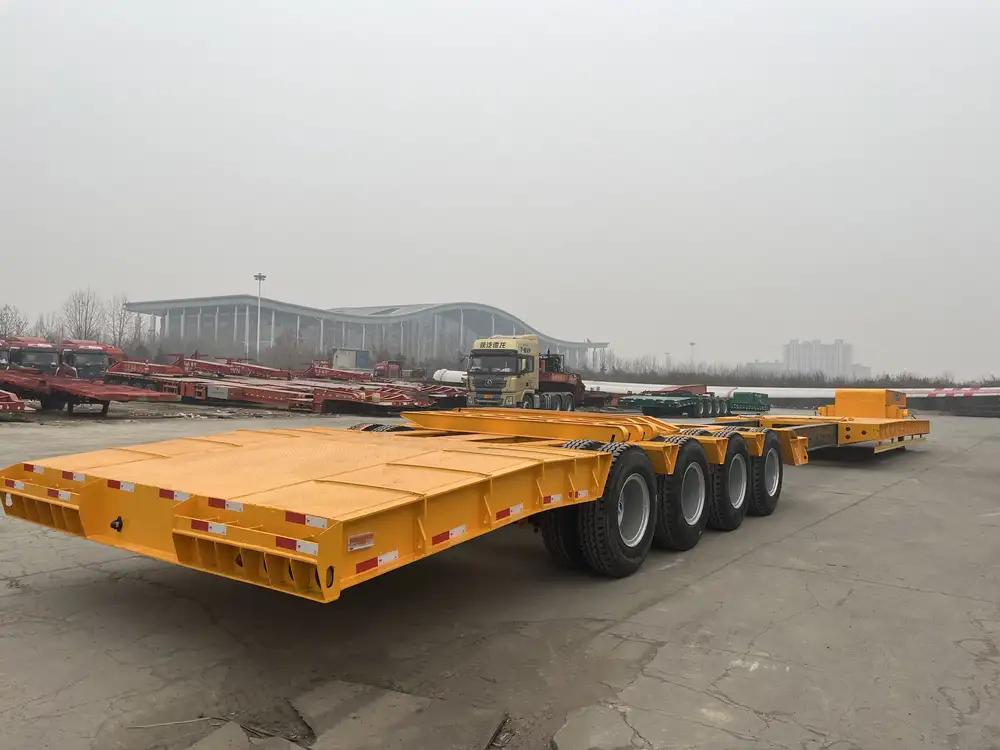
Ramps and Loading Systems
The ramp system is a critical feature, enabling the safe and efficient loading of oversized equipment. Hydraulic or manual ramps can accommodate various weights and sizes, ensuring versatility across different applications.
Applications of Lowboy Trailers
Lowboy trailers are pivotal in numerous industries where the transportation of heavy and oversized equipment is routine.
Construction Industry
From bulldozers to excavators, construction equipment often requires the robust support that lowboy trailers provide. Their design accommodates the hefty weights and large dimensions inherent in construction machinery.

Energy Sector
Wind turbines, transformers, and other energy infrastructure components necessitate specialized transport solutions. Lowboy trailers offer the necessary stability and capacity to transport these critical assets securely.
Manufacturing and Industrial
Machinery parts, large-scale production equipment, and industrial modules benefit from the precise transport capabilities of lowboy trailers, ensuring that complex components arrive intact and on schedule.
Types of Lowboy Trailers
The versatility of lowboy trailers is reflected in their various configurations, each tailored to specific transportation needs.
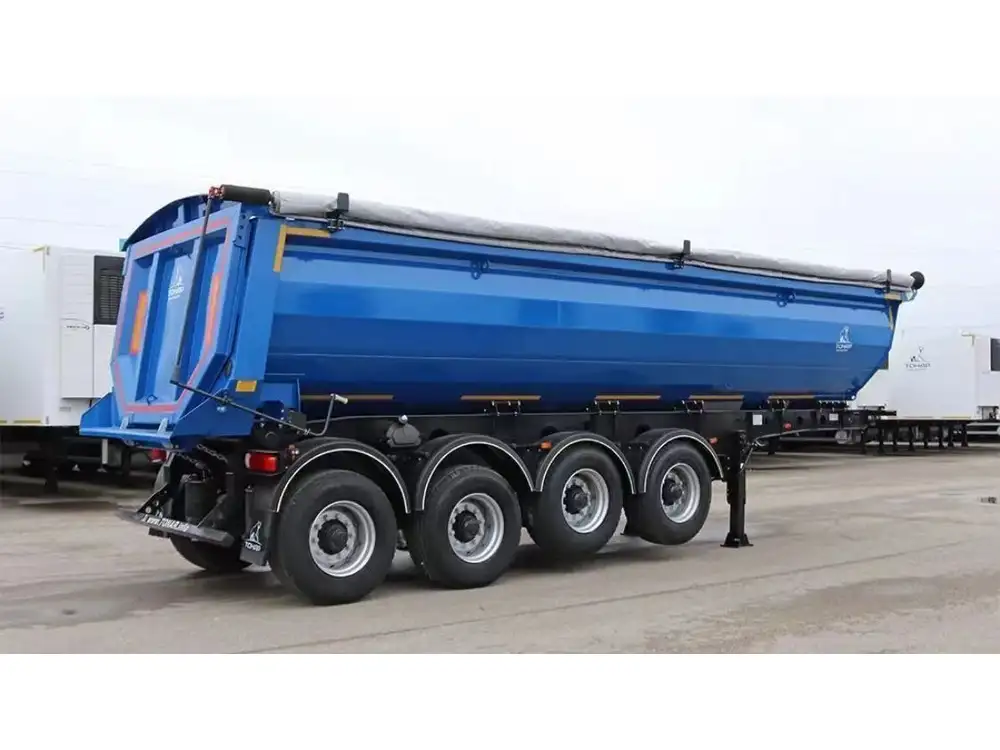
Fixed Lowboy Trailers
Fixed lowboy trailers have a non-adjustable deck height, making them suitable for consistent load requirements. They are structurally simpler and often more cost-effective for long-term use in specialized applications.
Extendable Lowboy Trailers
Extendable lowboys offer adjustable deck lengths, providing flexibility to accommodate varying load sizes. This adaptability makes them ideal for contractors and transporters dealing with diverse equipment types.
Dual Axle vs. Triple Axle Lowboys
- Dual Axle Lowboys: Suitable for lighter heavy-duty loads, offering maneuverability in tighter spaces.
- Triple Axle Lowboys: Enhanced weight distribution capabilities, ideal for transporting very heavy or oversized cargo over long distances.
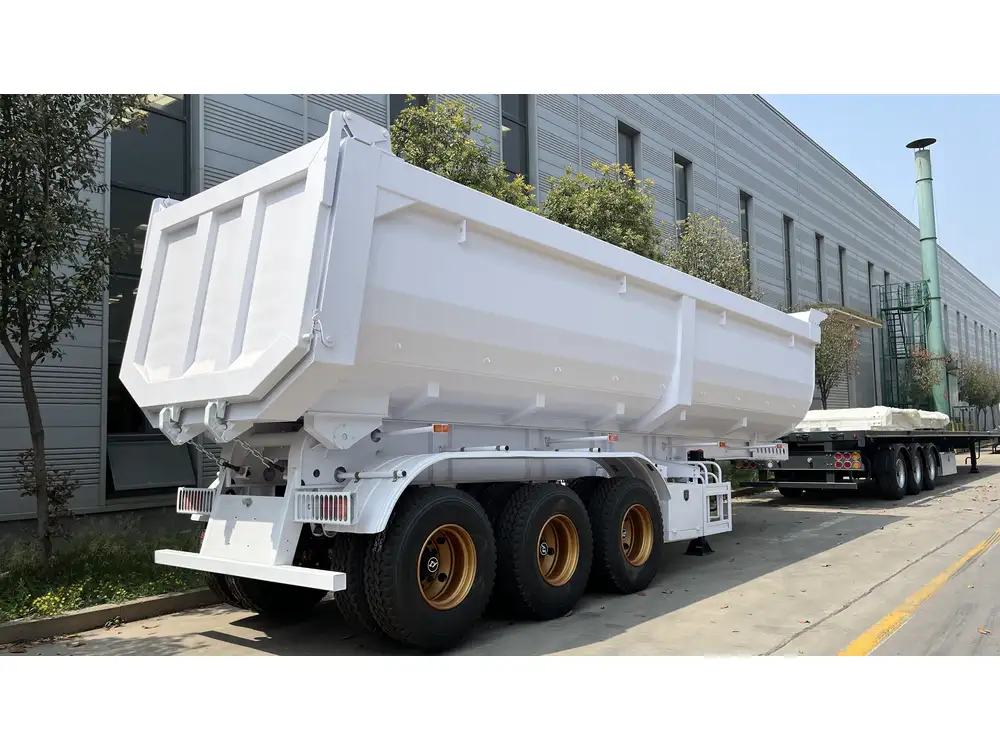
Advantages of Lowboy Trailers
Choosing a lowboy trailer brings numerous benefits that streamline transportation operations and enhance safety.
Enhanced Load Stability
The low deck minimizes the center of gravity, reducing the risk of load shifts during transit. This stability is crucial for maintaining the integrity of heavy machinery and preventing accidents.
Compliance with Road Regulations
Lowboy trailers are designed to adhere to height restrictions, ensuring compliance with road and bridge clearance limits. This compliance avoids legal complications and facilitates smoother transport operations.

Versatility in Load Handling
From cranes to generators, lowboy trailers can accommodate a wide range of equipment sizes and weights. Their design versatility makes them a go-to choice for various transportation scenarios.
Cost-Effective Transportation
By efficiently distributing weight and minimizing the need for specialized permits, lowboy trailers can reduce overall transportation costs. Their ability to handle multiple load types also enhances operational efficiency.
Comparing Lowboy Trailers with Other Trailer Types
Understanding how lowboy trailers stack up against other trailer types can help in making informed transportation decisions.
| Trailer Type | Deck Height | Weight Capacity | Best For |
|---|---|---|---|
| Lowboy | Low | High | Oversized and heavy equipment |
| Flatbed | Standard | Moderate | General cargo, machinery |
| Step Deck | Medium | Moderate | Equipment requiring slightly lower height |
| Gooseneck | Varies | High | Heavy machinery with central load distribution |
| Extension | Standard | Moderate to High | Long or wide loads needing extended deck |

Maintenance and Safety Considerations
Proper maintenance is pivotal in ensuring the longevity and safe operation of lowboy trailers.
Regular Inspections
Routine checks of the frame, axles, suspension, and braking systems prevent unexpected failures. Inspecting ramps and loading mechanisms ensures they remain functional and safe.
Load Securing Practices
Utilizing appropriate tie-downs and following best practices for load securing minimizes the risk of cargo shifts. Properly secured loads enhance safety and compliance with transportation regulations.

Preventative Maintenance
Scheduled maintenance, including lubrication of moving parts and replacement of worn components, extends the trailer’s lifespan and maintains optimal performance.
Selecting the Right Lowboy Trailer for Your Needs
Choosing the appropriate lowboy trailer involves assessing specific transportation requirements and operational constraints.
Assessing Load Specifications
Understanding the dimensions, weight, and nature of the equipment to be transported guides the selection of a trailer with suitable capacity and features.
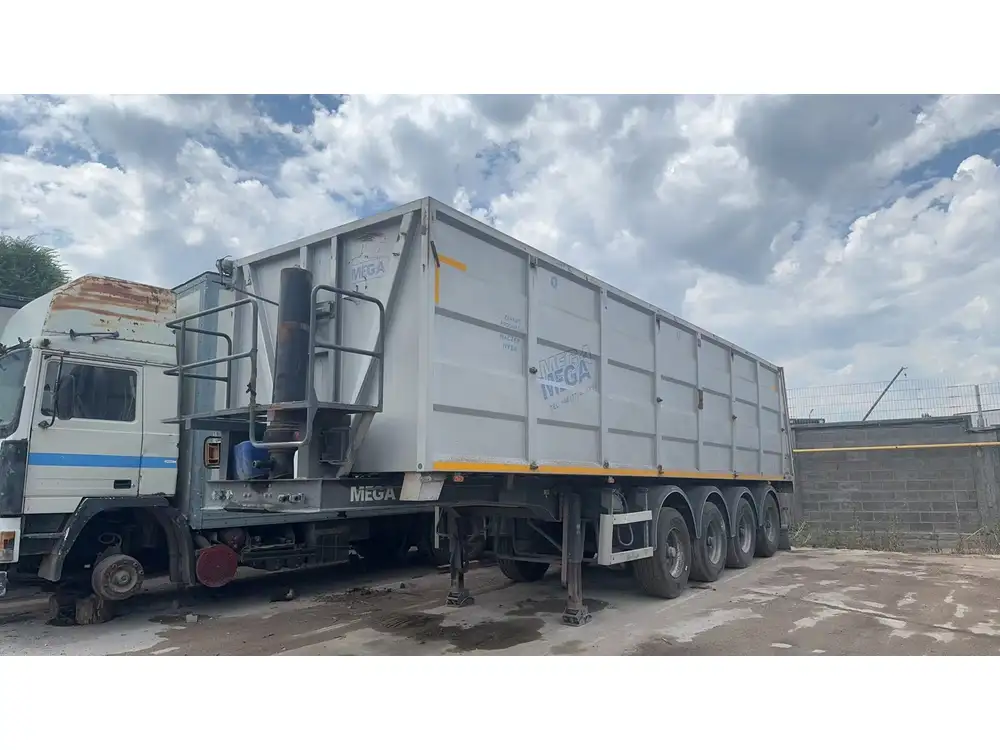
Evaluating Terrain and Routes
Consideration of the terrain and routes your trailer will navigate determines the type of suspension and axle configuration needed for optimal performance.
Budget and Cost Efficiency
Balancing initial investment with long-term operational costs ensures that the selected trailer aligns with budgetary constraints while meeting transportation demands.
Customization Options
Tailored features, such as extendable decks or specialized ramp systems, can enhance the trailer’s functionality to better suit unique transportation needs.
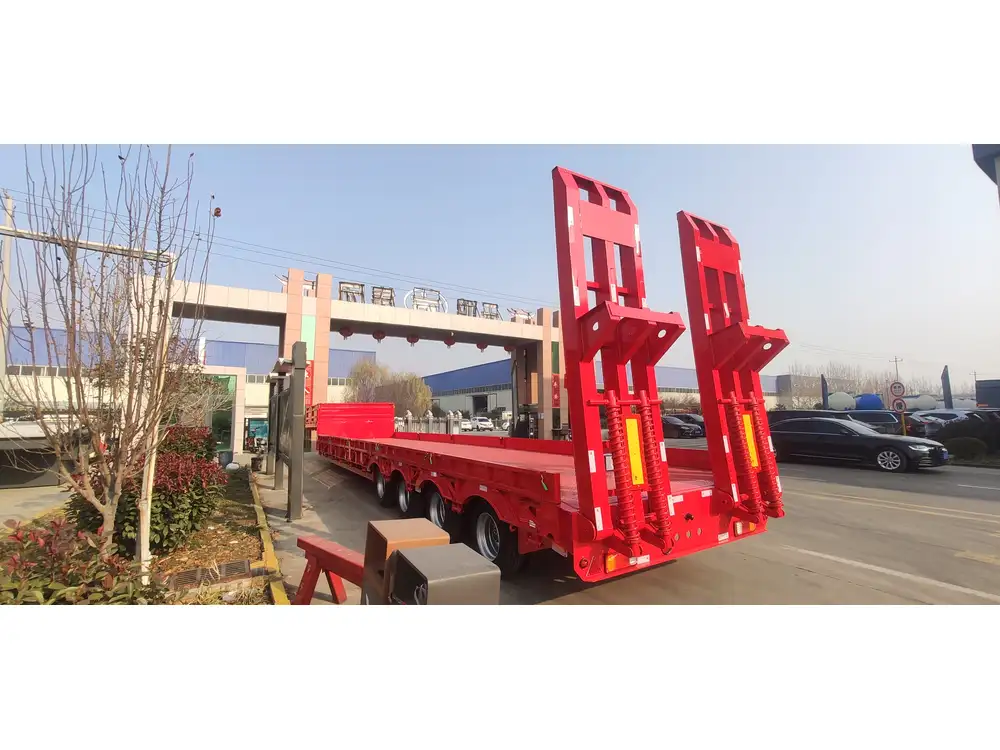
Innovations in Lowboy Trailer Design
The evolution of lowboy trailers continues to drive improvements in efficiency, safety, and versatility.
Advanced Suspension Systems
Modern lowboys incorporate sophisticated suspension technologies that offer superior load absorption and ride quality, catering to the demands of rough terrains and heavy loads.
Lightweight Materials
The integration of high-strength, lightweight materials reduces the overall trailer weight, enhancing fuel efficiency and allowing for greater load capacities without compromising safety.

Automation and Technology Integration
Incorporating telematics and automation features enables real-time monitoring of trailer performance, load conditions, and maintenance needs, facilitating proactive management and operational efficiency.
Benefits of Partnering with CarMax Trailer
At CarMax Trailer, we pride ourselves on delivering top-tier lowboy trailers that meet the highest industry standards. Our commitment to quality, innovation, and customer satisfaction sets us apart in the heavy-duty trailer market.
Superior Craftsmanship
Each CarMax lowboy trailer is meticulously engineered using premium materials and advanced manufacturing techniques, ensuring durability and reliability in even the most demanding conditions.

Customized Solutions
We work closely with our clients to tailor lowboy trailers that precisely match their transportation needs, offering bespoke features and configurations that enhance operational efficiency.
Comprehensive Support
From initial consultation to after-sales service, CarMax Trailer provides comprehensive support to ensure seamless integration of our trailers into your transportation fleet.
Competitive Pricing
Our commitment to affordability without compromising quality ensures that clients receive exceptional value, making CarMax lowboy trailers a cost-effective choice for heavy hauling needs.

Conclusion
Lowboy trailers are a cornerstone in the realm of heavy and oversized transportation, offering unmatched stability, capacity, and versatility. At CarMax Trailer, we understand the critical requirements of industries that rely on these robust trailers. Our extensive range of lowboy trailers is designed to meet diverse transportation challenges, ensuring that your heavy loads are moved safely and efficiently. By choosing CarMax, you invest in quality, reliability, and a partnership dedicated to your transportation success.
Frequently Asked Questions
1. What types of equipment are best transported using lowboy trailers?
Lowboy trailers are ideal for transporting heavy machinery such as excavators, bulldozers, wind turbines, transformers, and large industrial components. Their low deck height accommodates oversized and tall loads that standard trailers cannot handle.

2. How does a lowboy trailer ensure load stability during transit?
Lowboy trailers feature a low deck height, which lowers the center of gravity of the load. Combined with multiple axles and robust suspension systems, this design minimizes load movement and enhances stability, even on uneven terrains.
3. What maintenance is required to keep a lowboy trailer in optimal condition?
Regular maintenance of a lowboy trailer includes inspecting the frame and axles for damage, servicing the suspension system, checking the braking components, ensuring the ramps and loading mechanisms are functional, and performing preventative maintenance such as lubrication and part replacements as needed.
4. Can lowboy trailers be customized for specific transportation needs?
Yes, lowboy trailers can be customized to meet specific requirements. Customizations may include adjustable deck lengths, specialized ramp systems, enhanced suspension setups, and tailored axle configurations to accommodate unique load types and transportation scenarios.

5. What are the key differences between lowboy trailers and flatbed trailers?
The primary difference lies in deck height and weight capacity. Lowboy trailers have a significantly lower deck height, allowing for the transportation of taller or heavier loads without exceeding height restrictions. They also typically offer higher weight capacities and enhanced stability compared to flatbed trailers, which are better suited for general cargo and machinery with standard dimensions.



